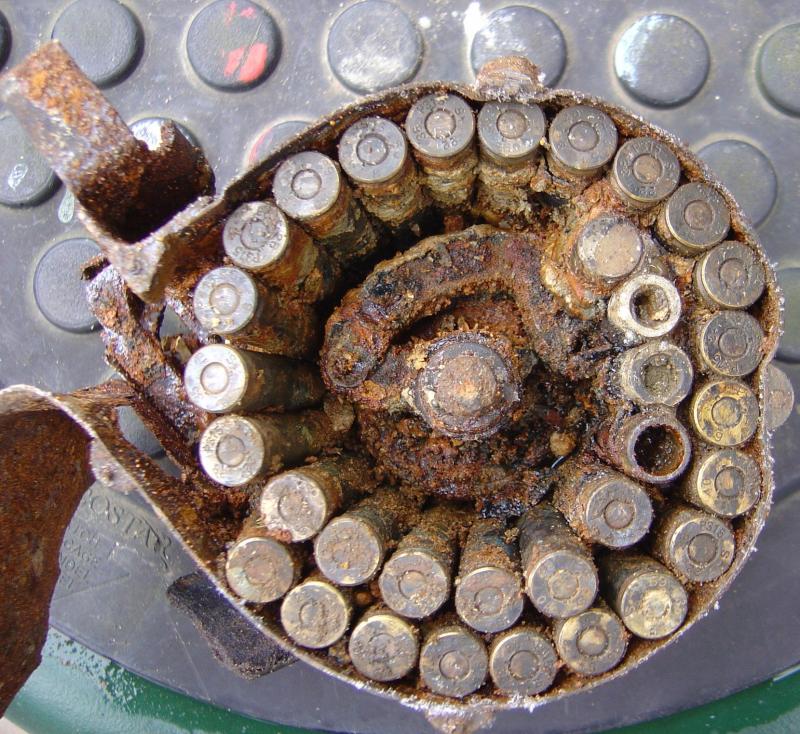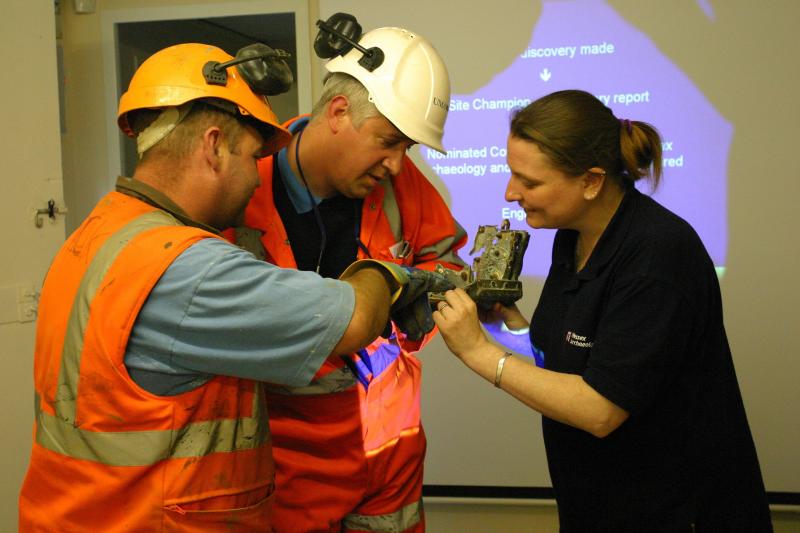Thousands of planes crashed into the sea around Britain, many during WWII. At the time the planes and many of their crew were presumed to be lost for ever. But today, more and more are being found, by divers; and increasingly as a result of dredging for sand and gravel.

The crash sites of military aeroplanes are given automatic protection under the 1986 Protection of Military Remains Act, meaning they should not be disturbed. The problem is that the location of the great majority of crash sites at sea is not known. Even known shipwreck sites have, on closer examination, recently been proved to be of aeroplanes
Around 20% of the sand and gravel used for construction in England and Wales is gathered by dredging out at sea. One unexpected result of a recent scheme for dredgers to report archaeological finds has been the routine discovery of plane crash sites, sometimes with human remains.
Euan McNeill of Wessex Archaeology explained ’staff working for aggregate companies on board the dredgers and on the wharves where the sand and gravel is processed have been given help to identify archaeological finds so they know when to call the archaeologists. A web based reporting system means that there is prompt expert feedback. Even when finds are only identified on the wharves it is still possible to track back where the gravel was dredged from.’ Planes identified this way include a Fleet Air Arm Supermarine Attacker, what is either an American B-25 or P-51 bomber, and a German Junkers JU-88 bomber.

When such discoveries are made, the marine aggregate operators follow a protocol that allows an Exclusion Zone to be set up around the site and dredging stops there. The possible presence of the remains of the crew and passengers and also unexploded munitions are assessed. This can put large areas of the seabed that are otherwise suitable for dredging out of bounds until further work can be done to see if the crash site can be found.’
McNeill added ‘Many families today are still touched by this issue. It represents a challenge, both ethical and logistical, for the marine aggregate industry and heritage professionals.’
As preliminary study of the issue by Wessex Archaeology has been commissioned by English Heritage, funded through the Aggregate Levy Sustainability Fund.
The first phase of this study is already underway. Wessex Archaeology are asking individuals and organisations with records or specialist knowledge of aircraft crash sites or losses at sea to come forward and tell them what information they have and why they think that aircraft crash sites at sea are important. The deadline for this stage of the project is Friday November 30th, 2007.
Visit the Aircraft Crash Sites at Sea project website to find out more.